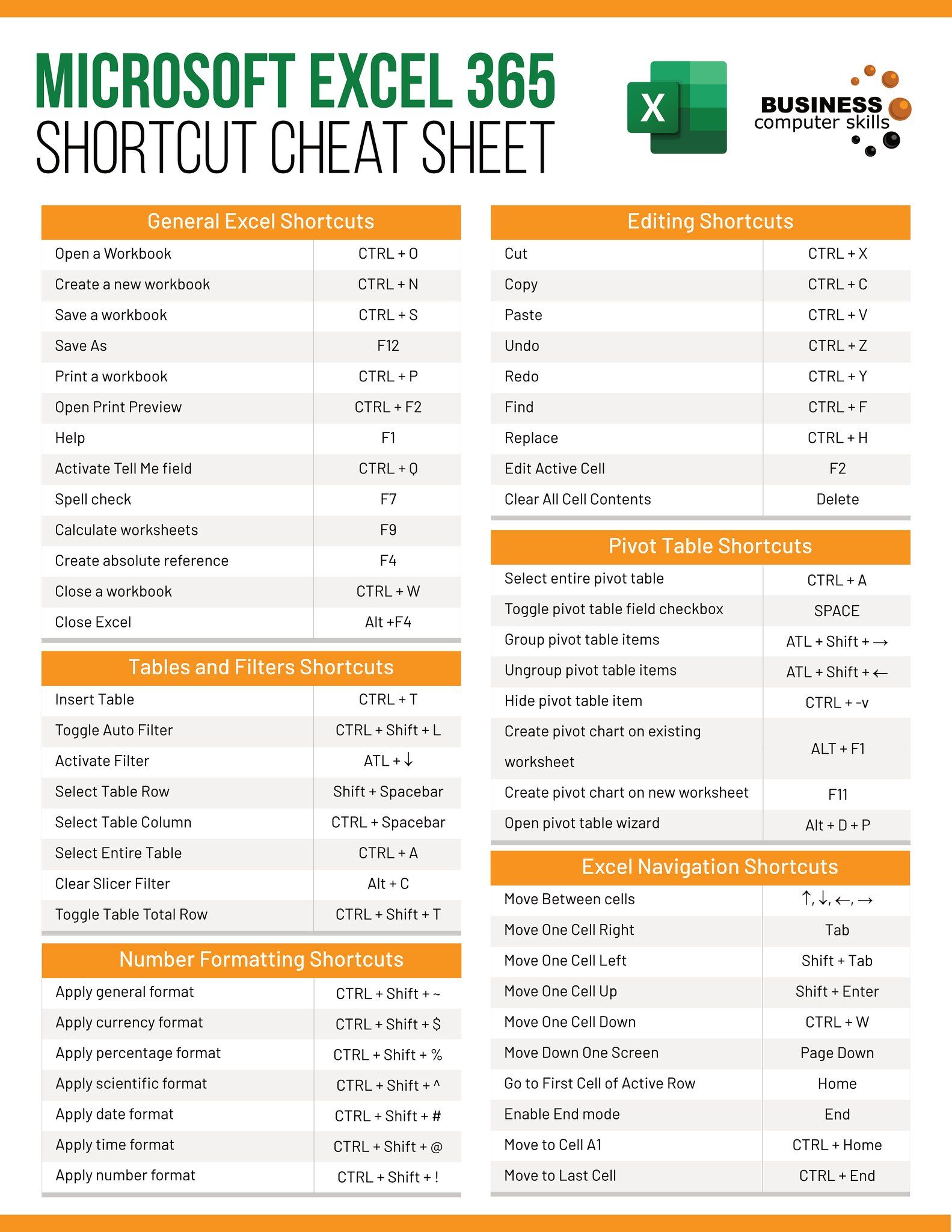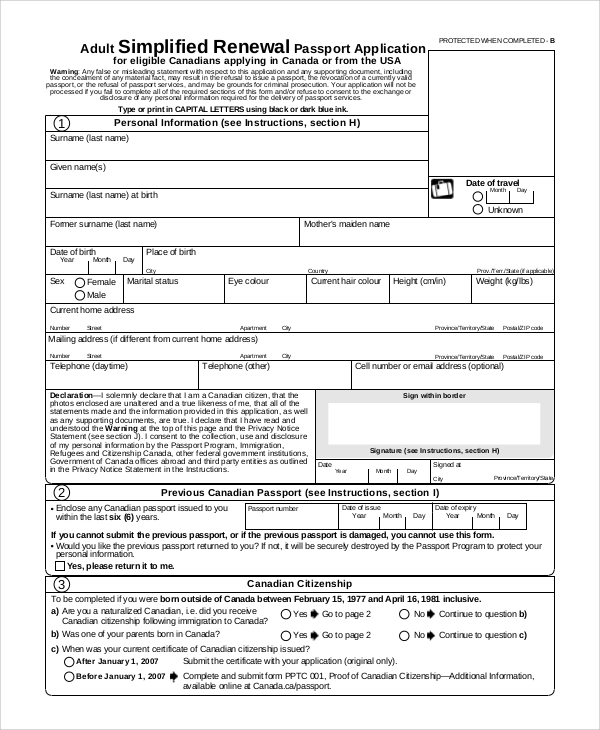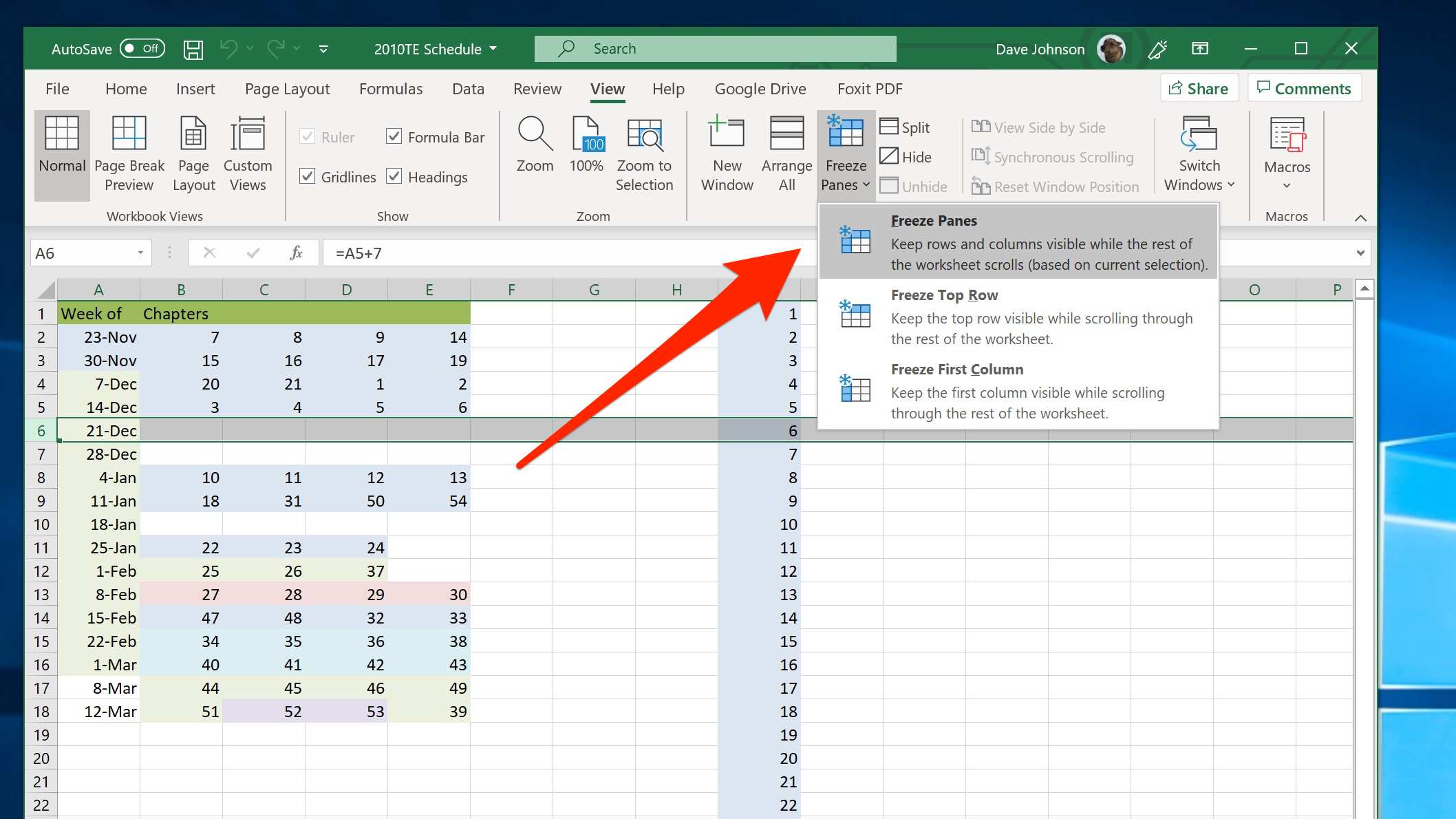Essential Paperwork Every Orthodontist Needs to Know

The field of orthodontics is a fascinating blend of technical expertise and personal interaction, where the smiles of satisfied patients are the ultimate reward. However, navigating the business side of this profession can be quite daunting. A crucial component of running an efficient and compliant orthodontic practice involves mastering the essential paperwork that accompanies every aspect of treatment and patient interaction. Let's delve into the primary documents every orthodontist needs to be well-versed with.
Patient Intake Forms

When a new patient walks into your office, the first interaction usually involves some paperwork to gather essential information. Here are some of the vital forms:
- Medical History Form: Details past and present medical conditions, medications, allergies, and other relevant health information that can influence treatment.
- Patient Information Form: Collects contact details, insurance information, emergency contacts, and personal details like age and gender.
- Dental History Form: Information on past dental treatments, orthodontic work, jaw surgeries, or any congenital issues.
- Financial and Insurance Agreement: Outlines payment terms, insurance coverage, treatment costs, and any financial responsibilities the patient might have.
Consent Forms

Informed consent is a pillar of medical ethics and is critical in orthodontics where treatments are elective and can significantly impact the patient’s life:
- General Consent: Agreement to receive treatment, understand risks, benefits, and possible alternatives.
- Imaging Consent: Permission to take radiographs or other images for diagnostic purposes.
- Release of Information: Authorization to share patient information with other healthcare providers, insurance companies, etc.
- Orthodontic Appliance Consent: Understanding and acceptance of potential complications related to appliances like braces, aligners, etc.
Treatment Plan Documents

Providing a clear and detailed treatment plan is fundamental for patient understanding and commitment:
- Diagnostic Report: Analysis of the patient’s condition, often including diagnostic photos, radiographs, models, and findings.
- Treatment Proposal: Details the proposed treatment, its duration, goals, and an estimated cost breakdown.
- Progress Notes: Regular updates on patient progress, changes in treatment plan, or any significant findings.
Legal and Compliance Documentation

Orthodontic practices must adhere to various legal requirements:
- HIPAA Compliance: Documents outlining how patient information will be protected, including privacy notices and patient rights under HIPAA.
- OSHA Compliance: Safety procedures, training logs, and other documents related to workplace safety and infection control.
- State or Local Licensing Requirements: Certifications, licenses, and permits needed to legally operate the practice.
Financial Documentation

Proper financial documentation is critical for billing and practice management:
- Invoice and Billing: Detailed invoices for treatment stages, payment plans, and receipts.
- Insurance Claims: Documentation to facilitate insurance reimbursement, claim forms, and pre-authorizations.
- Ledger: A comprehensive record of all financial transactions with each patient.
Discharge and Transfer Forms

When a patient’s treatment concludes or they are referred elsewhere, specific documentation is necessary:
- Retention Agreement: Agreement on the use and care of retainers post-treatment.
- Discharge Summary: Summarizes treatment, outcomes, and provides recommendations for future dental care.
- Referral Forms: Used when transferring patient care to another provider.
Importantly, note: Keep patient records secure and accessible, ensuring you comply with all relevant laws. Regular audits of documentation practices can help maintain compliance and identify potential areas for improvement.
🗂️ Note: Digital documentation systems can streamline practice management and enhance patient record-keeping security. However, always have a contingency plan for paper records in case of digital failures.
In managing an orthodontic practice, understanding and organizing these essential documents lays the foundation for a seamless patient experience and professional practice. Ensuring compliance with legal and ethical standards not only builds trust with patients but also safeguards the practice from potential liabilities. Remember, efficient record-keeping and documentation are not just about compliance but are also key drivers of practice efficiency, patient satisfaction, and the overall success of the orthodontist's professional journey.
What are the most critical patient intake forms for an orthodontist?

+
The most critical forms include the medical history form, patient information form, dental history form, and a financial and insurance agreement.
Why are consent forms important in orthodontic treatment?

+
Consent forms are essential to ensure patients understand the treatment, its risks, benefits, and any alternatives. This ensures informed decision-making and protects both the patient and the practitioner legally.
How can an orthodontic practice ensure HIPAA compliance?

+
By implementing strict policies for handling patient information, providing staff training, securing electronic records, and obtaining necessary patient consents for sharing information.



